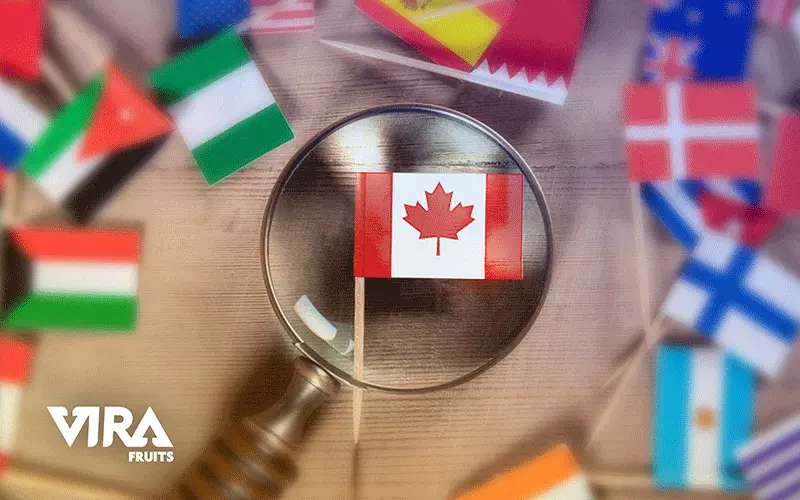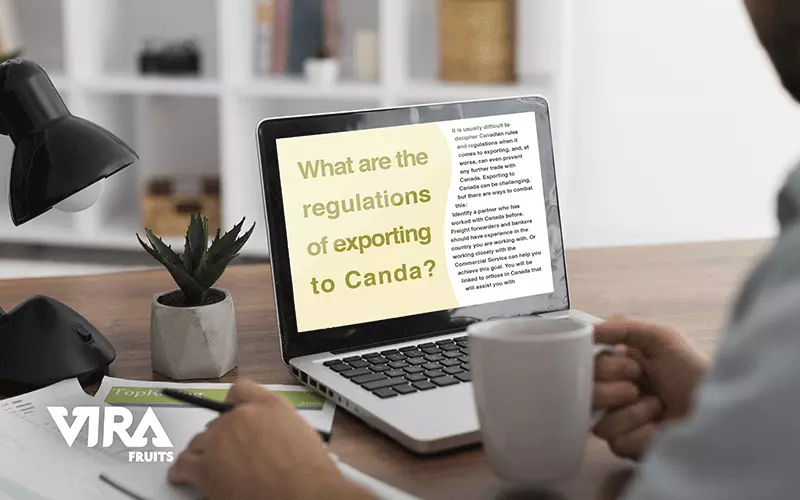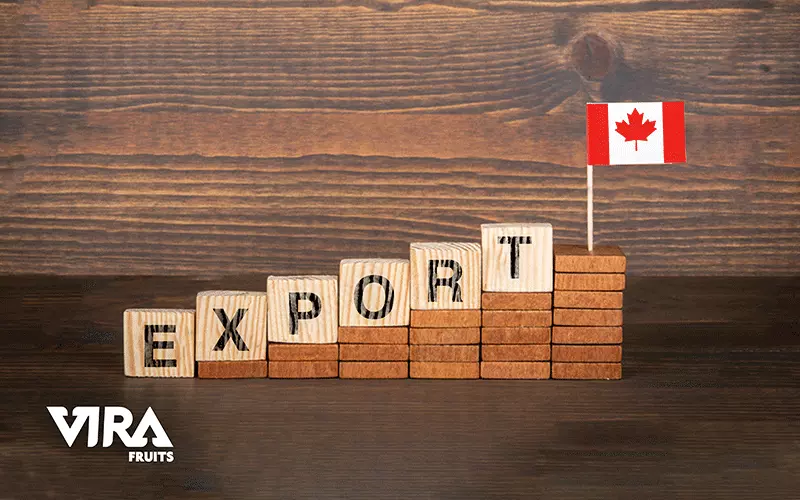There are many interesting and complex aspects of our relationship with Canada, especially in the aspect of exporting to Canada. Canada is a country with a different culture than us, a middle class, and many residents, and their economic setting creates a unique environment that can be both helpful and challenging for exporters.

The challenges of exporting to Canada
The good news is that few trade barriers make exporting to Canada relatively easy for exporters. In accordance with the International Trade Administration (ITA), some of the challenges include:
- many traders and exporters find the exporting to Canada situation so challenging due to the security clearance requirements. Bidders must be Canadian citizens or permanent residents in order to register and complete a bid (all mandatory requirements are inviolable).
- There is a common misconception among exporters that Canada is indeed another country with different export requirements. Many exporters fail to follow export compliance regulations because they forget that our northbound neighbor is, in fact, a different country.
- As consumers’ demands for competitive pricing, compelling and creative marketing, and profound discounts rise, several sectors such as cosmetics, vitamins, electronics, and home furnishings face intense competition. In some cases, exporters should be aware of the Canadian Customs documentation requirements, bilingual labeling requirements, and sales tax accounting requirements. In some situations, exporters should also be familiar with the International Traffic in Arms Regulations (ITAR)
- Exporters are responsible for navigating differing provincial regulations, researching Canadian distribution sources, and becoming familiar with labeling and packaging requirements, which are different from US requirements, as well as understanding customs procedures and industry-specific issues.
Opportunities of exporting to Canada
Exporting to Canada holds many potential rewards that outweigh the challenges exporters might face. To maximize opportunities and minimize risks, exporters should identify and cultivate opportunities. USMCA may benefit Canadian exporters more than other countries due to the positive effects on trade. Corporations in several important ways, including intellectual property rights, digital marketing, labor obligations, environmental protection, and auto manufacturing.
Canadian industry sectors with the highest growth potential include:
- Technology
- Automotive
- Aerospace
- Military
- Agriculture
- Public-private partnerships for public infrastructure and government projects.
- Renewable energy, including wind, biomass, solar, geothermal, hydro, and marine energy

What documents are required when exporting to Canada
Documentation and procedures still play an important role in exporting to Canada. ITA specifies that the Canada Customs Invoice or a standard commercial invoice that includes all required information is the most important document for exporters to send to Canada. Other documents required by Canadian authorities vary depending on the type of product you are exporting:
- Proforma invoice
- Packing list
- Insurance policy
- Sales contract
- Bill of lading
- Customs declaration

What are the regulations of exporting to Canada?
It is usually difficult to decipher Canadian rules and regulations when it comes to exporting and, at worse, can even prevent any further trade with Canada. Exporting to Canada can be challenging, but there are ways to combat this:
Identify a partner who has worked with Canada before. Freight forwarders and bankers should have experience in the country you are working with. Or working closely with the Commercial Service can help you achieve this goal. You will be linked to offices in Canada that will assist you with establishing your presence in Canada and assist you with any difficulties you may encounter.

What are the steps when exporting to Canada?
You may have collected unique items while on a business trip that you would like to sell in Canada. In another instance, you have discovered an inexpensive supply source outside of the country without ever leaving your desk. Each step of this process will be mentioned in this guide.
- Getting a business number
- Getting information about the products you want to export
- Calculating how much duty and taxes you need to pay
- Getting a custom broker
- Choosing a carrier for transportation
- Obtaining the release of your products
